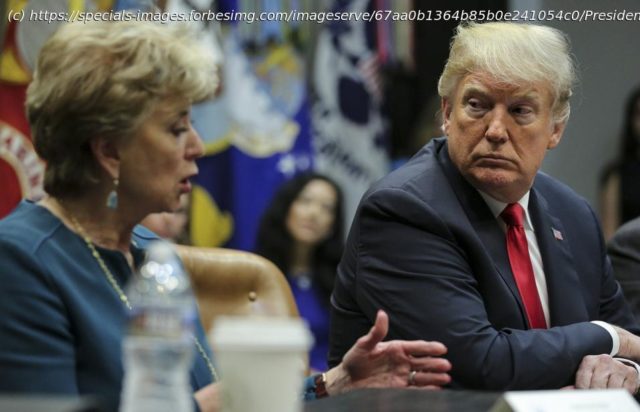The Education Department is resuming 15% wage garnishment of student loans borrowers paychecks for defaulted federal student loans. Here’s who’s at risk and what to know.
Education Department To Resume 15% Wage Garnishment For Student Loan Borrowers In Default
Federal student loan borrowers who have defaulted on their loans face harsh consequences. The U.S. Department of Education announced that it will resume involuntary debt collection on defaulted federal student loans starting May 5, 2025. This means the government will restart the Treasury Offset Program, allowing it to seize tax refunds and reduce Social Security benefits for those who owe defaulted student debt. Perhaps most alarmingly for workers, wage garnishment will also kick back in later this summer after required warning notices are sent. In short, after a three-year freeze on collections due to pandemic relief measures, the gloves are coming off. Simply put, wage garnishment is back for student loan borrowers in default, and those who don’t take action could see it wreak havoc on their finances.
This return to aggressive collections is a significant shift. Since March 2020, defaulted borrowers have been spared from these penalties as part of pandemic relief. Even when payments restarted in late 2023, the Department offered a temporary on-ramp period during which missed payments wouldn’t immediately trigger defaults or collections. That safety net has now expired. The new guidance clarifies that standard collection tactics, including wage garnishments, tax refund interceptions, and Social Security offsets, will now be enforced to recover unpaid student loans. Borrowers who have fallen behind can no longer assume immunity from consequences. The Department believes that resuming collections “protects taxpayers” from footing the bill for unpaid loans.How Wage Garnishment Works And Why It Hurts Student Loan Borrowers
Wage garnishment is one of the government’s most powerful tools to collect defaulted student debt, and, notably, it doesn’t require a court order. By law, the Education Department can take up to 15% of a defaulted borrower’s disposable pay straight from their paycheck. Disposable pay generally means your take-home pay after mandatory deductions. For example, if you bring home $500 a week, about $75 could be taken out of each paycheck and applied toward your student loan debt without you ever seeing it. Importantly, this administrative garnishment can continue until the defaulted loan is paid off or removed from default.






